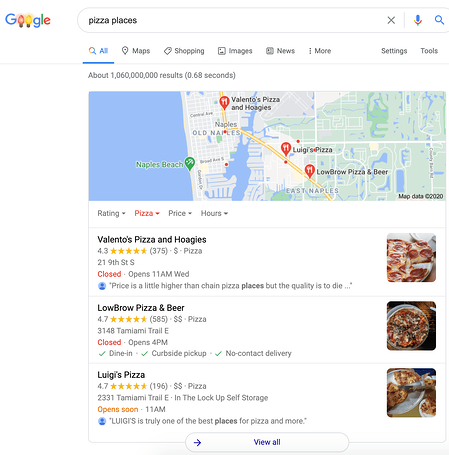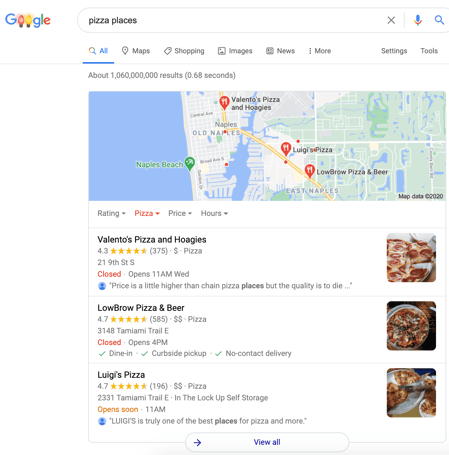User Engagement Is the New SEO: How to Boost Search Rank by Engaging Users

Many businesses aim for their websites to rank highly in search engines, but it’s a moving target.
Google, for instance, updated its algorithm 3,234 times in 2018 to meet user needs (emphasizing the “optimization” part of SEO).
You might remember when Google’s featured snippet addition disrupted the numbered ranking system of search pages. Because the snippet’s goal is to provide a simple answer from a strong piece of content, it might pull from the second or fourth website listed on the search engine result page instead of the first.
As a result, 34% of desktop users don’t even click on a webpage, since their questions are answered by a featured snippet on the search results page. This may seem like a cheap tactic to hoard traffic, but it’s not. By prioritizing the searcher’s experience over the hierarchy of web pages, Google ensures satisfied users.
Optimizing for search engines shouldn’t be your main focus anymore. The ongoing shift in Google’s algorithm over the past decade indicates a new market focus on meeting user expectations. In this post, I’ll do my best to pull back the curtain and show you how improving the user experience on your site will also improve your rankings and increase traffic.
Search Engine Engagement Metrics
Before we delve deeper into the metrics that will likely correlate with an increase in rankings in the age of user experience, it’s worth noting that no search engine is an open book. Google notifies the public when it updates its core algorithm, but it’s notoriously secretive about this proprietary information.
With this in mind, here are a few user engagement metrics that Google and other engines seem to value as priorities.
Mobile Optimization
In 2015, Google announced that mobile optimization would become a contributing factor to SEO rankings. Half of all searches originate on mobile devices, after all.
Google recommends a responsive web design that adapts to desktop computers, phones, and tablets, and it rewards mobile-optimized sites with higher rankings on SERPs.
This opens up into another potential benefit: placement in Google’s coveted “local pack.” The local pack is the set of three businesses featured on Google’s search results. Previously, Google featured seven businesses there, but the number has since been reduced to maintain a mobile-friendly layout.
Semantic Search
We’ve already mentioned that Google’s algorithm has drastically changed, especially since the old days of keyword stuffing. The first change allowed Google to judge not only the use of keywords, but also the ways in which they are used. During this phase, keywords and phrases needed to appear naturally. If they detracted from the readability of a page, Google would penalize that page’s ranking.
After the 2013 Hummingbird update, the search engine’s algorithm considers overall meaning — it realizes a page is more than the sum of its keywords. For instance, if you searched for “What’s the fastest animal?” prior to Hummingbird, a page would …read more
Source:: HubSpot Blog









